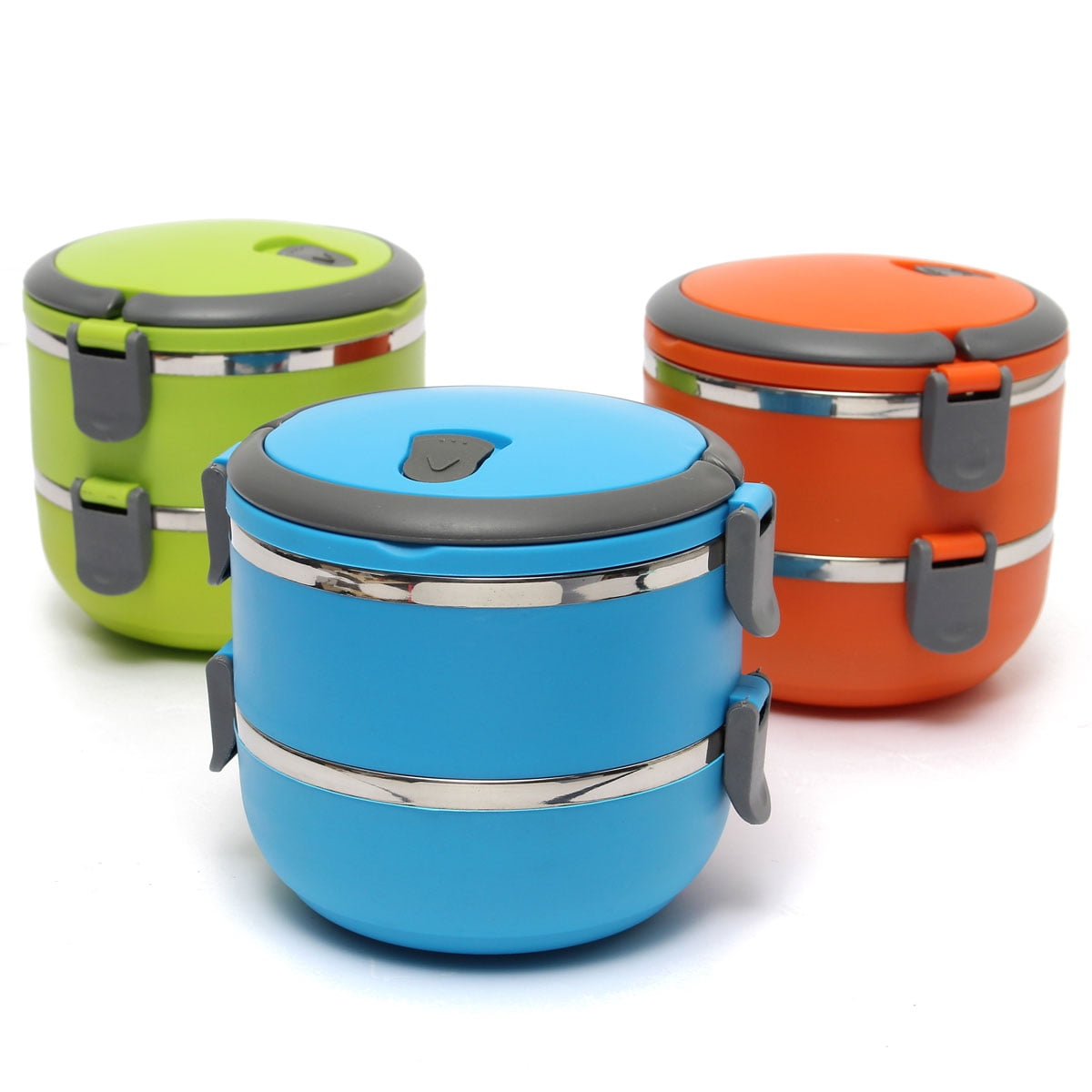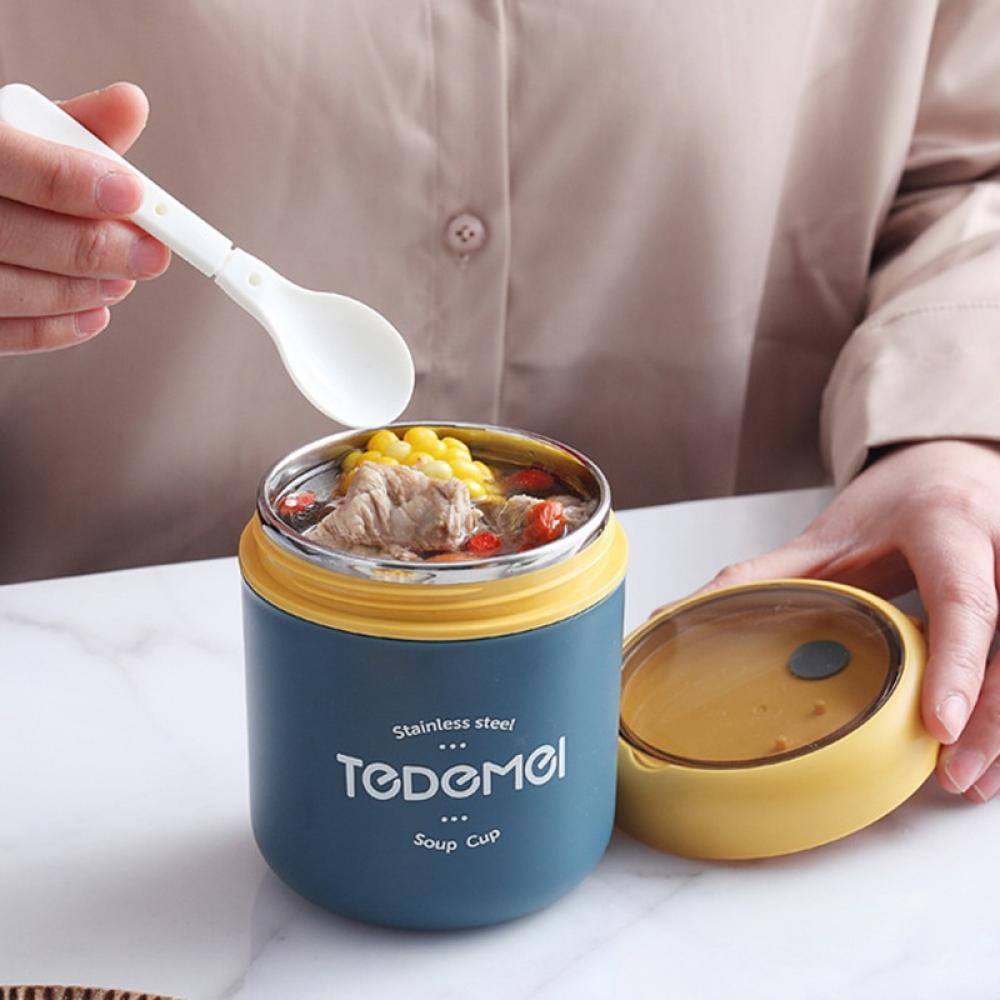Insulated hot food containers have become an indispensable tool in the culinary world, offering a convenient and efficient way to transport and maintain the temperature of hot food. From food delivery services to outdoor events, these containers play a crucial role in ensuring that meals reach their destination fresh and warm.
In this comprehensive guide, we delve into the world of insulated hot food containers, exploring their features, benefits, applications, and the latest innovations. We also discuss safety regulations and environmental considerations, providing you with the essential knowledge to make informed choices when selecting and using these containers.
Market Overview

The global insulated hot food containers market is experiencing steady growth, driven by rising demand for convenient and portable food storage solutions. The market size was valued at USD 2.5 billion in 2021 and is projected to reach USD 3.7 billion by 2028, exhibiting a CAGR of 5.2% during the forecast period.
Key Market Trends
Key market trends include increasing consumer preference for home-cooked meals, growing popularity of food delivery services, and technological advancements in insulation materials.
Competitive Landscape
The competitive landscape is fragmented, with several established players and emerging entrants. Major players include Thermos, Stanley, Aladdin, and Igloo. These companies are investing in product innovation and expanding their distribution networks to gain market share.
Product Features and Benefits

Insulated hot food containers come in a variety of types, each with its own unique features and benefits. Understanding these differences can help you choose the right container for your specific needs.
The most important factor to consider when choosing an insulated hot food container is the type of insulation material used. The most common types of insulation materials are foam, fiberglass, and vacuum insulation. Foam insulation is the least expensive and least effective, while vacuum insulation is the most expensive and most effective.
Foam Insulation
Foam insulation is made from a variety of materials, including polystyrene, polyethylene, and polyurethane. Foam insulation is lightweight and inexpensive, but it is not very effective at retaining heat. Foam-insulated containers are best suited for short-term use, such as transporting food from the kitchen to the dining room.
Fiberglass Insulation
Fiberglass insulation is made from tiny glass fibers. Fiberglass insulation is more effective at retaining heat than foam insulation, but it is also more expensive. Fiberglass-insulated containers are a good choice for long-term use, such as transporting food from the grocery store to home.
Vacuum Insulation, Insulated hot food containers
Vacuum insulation is the most effective type of insulation. Vacuum insulation is created by creating a vacuum between two layers of material. Vacuum-insulated containers are the most expensive type of insulated hot food container, but they are also the most effective at retaining heat.
Vacuum-insulated containers are a good choice for transporting food for long periods of time, such as on a camping trip.
In addition to insulation material, other important factors to consider when choosing an insulated hot food container include temperature retention, durability, and features.
Temperature Retention
Temperature retention is a measure of how well a container can keep food hot. Temperature retention is measured in hours. The longer the temperature retention, the better the container is at keeping food hot.
Durability
Durability is a measure of how well a container can withstand wear and tear. Durability is important if you plan to use the container frequently or if you plan to transport it in a backpack or other bag.
Features
Some insulated hot food containers come with additional features, such as a carrying handle, a lid that locks, or a built-in thermometer. These features can make the container more convenient and easier to use.
Usage and Applications
Insulated hot food containers offer a versatile solution for maintaining the temperature and quality of hot food during transportation and storage. Their applications extend across various industries, including food delivery, catering, and outdoor events.
In the food delivery industry, insulated hot food containers ensure that meals reach customers fresh and warm. They are used by delivery services, restaurants, and food trucks to transport hot dishes, soups, and beverages.
Catering Services
Catering services rely heavily on insulated hot food containers to maintain the quality of food during events and functions. These containers allow caterers to transport and serve hot dishes, such as main courses, side dishes, and desserts, without compromising their temperature or flavor.
Outdoor Events
Insulated hot food containers are essential for outdoor events, such as picnics, camping trips, and sporting events. They provide a convenient way to keep food warm and fresh for extended periods, allowing individuals to enjoy hot meals even when access to cooking facilities is limited.
Design and Innovation: Insulated Hot Food Containers
Insulated hot food containers have witnessed a surge of innovations, revolutionizing their performance and user experience. These advancements encompass the use of cutting-edge materials and technologies, resulting in enhanced insulation, leak-proof designs, and user-friendly features.
One significant innovation lies in the utilization of advanced insulation materials. These materials, such as vacuum insulation panels and aerogels, provide exceptional thermal resistance, effectively maintaining the temperature of food for extended periods. Furthermore, the integration of leak-proof seals ensures that liquids and odors are securely contained, preventing spills and unpleasant experiences.
New Materials
The adoption of new materials has played a crucial role in enhancing the performance of insulated hot food containers. Vacuum insulation panels, composed of layers of reflective material separated by a vacuum, offer superior insulation by minimizing heat transfer through conduction and convection.
Aerogels, known for their ultra-low density and high porosity, provide excellent thermal insulation due to their ability to trap air within their structure.
Leak-Proof Seals
Leak-proof seals are another key innovation that has significantly improved the user experience of insulated hot food containers. These seals, often made from durable and flexible materials like silicone or rubber, create a tight barrier around the lid, effectively preventing spills and leaks.
This feature ensures that food remains secure and mess-free during transport or storage.
Safety and Regulations

Insulated hot food containers are subject to stringent safety standards and regulations to ensure the safe handling and storage of food. These regulations aim to prevent contamination, maintain food quality, and protect consumers from foodborne illnesses.
Food safety and temperature control are paramount in the use of insulated hot food containers. Food must be maintained at appropriate temperatures to prevent the growth of harmful bacteria. Insulated containers help maintain food temperatures within the safe range, minimizing the risk of foodborne illnesses.
Guidelines for Proper Use and Maintenance
- Always clean and sanitize insulated hot food containers thoroughly before and after each use to prevent cross-contamination.
- Inspect containers regularly for any damage or defects that could compromise their effectiveness.
- Follow manufacturer’s instructions for proper use and maintenance to ensure optimal performance and safety.
- Train staff on proper food handling practices, including temperature control and storage guidelines.
Sustainability and Environmental Impact
Insulated hot food containers can have a significant environmental impact. The materials used to manufacture them, the energy required to produce them, and the waste they generate all contribute to their environmental footprint. However, there are several ways to reduce the environmental impact of these containers.
One way to reduce the environmental impact of insulated hot food containers is to use sustainable materials. Sustainable materials are those that are produced in a way that minimizes environmental damage. They are often renewable resources, such as bamboo or recycled materials.
Sustainable materials can help to reduce the amount of waste generated by insulated hot food containers and can also help to conserve natural resources.
Manufacturing Practices
Another way to reduce the environmental impact of insulated hot food containers is to use sustainable manufacturing practices. Sustainable manufacturing practices are those that minimize the use of energy and resources. They often involve using energy-efficient technologies and reducing waste.
Sustainable manufacturing practices can help to reduce the greenhouse gas emissions associated with the production of insulated hot food containers and can also help to conserve natural resources.
Reducing Waste
Finally, it is important to reduce the waste generated by insulated hot food containers. One way to do this is to recycle the containers when they are no longer usable. Another way to reduce waste is to use reusable containers instead of disposable ones.
Reusable containers can be washed and reused multiple times, which can help to reduce the amount of waste generated.
Essential Questionnaire
What are the different types of insulated hot food containers?
Insulated hot food containers come in various types, including single-use disposable containers, reusable plastic containers, and stainless steel containers. Each type offers unique advantages in terms of cost, durability, and insulation performance.
What are the key features to consider when choosing an insulated hot food container?
When selecting an insulated hot food container, consider factors such as insulation material, temperature retention time, durability, ease of cleaning, and size and capacity. Determine the specific requirements for your application and choose a container that meets those needs.
How do insulated hot food containers help ensure food safety?
Insulated hot food containers play a crucial role in maintaining food safety by preventing rapid temperature loss. By keeping food above the danger zone (41°F to 135°F), they minimize the growth of harmful bacteria and ensure that food remains safe for consumption.
